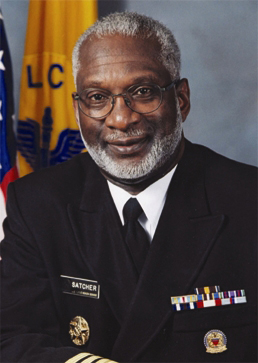
16th U.S. Surgeon General David M. Satcher
Suicide exacts an enormous toll from the American people.
Our nation loses about 50 percent more Americans to suicide each year than to homicide. Moreover, hundreds of thousands of people receive emergency care annually after attempting suicide.
Devastating trauma, loss and suffering are multiplied in family members and friends who struggle to make sense of why someone would want to take their life. This struggle is reflected in physical, psychological, family, workplace and community well-being adversely impacted by each attempted or completed suicide.
Because of this, suicide – the events leading up to it and its aftermath – has serious and far-reaching public health implications.
If we are to reduce suicide in our country, we must first recognize its connection to mental illness. Second, we must effectively diagnose and treat mental illness.
Finally, we must provide supportive community environments devoid of stigma and barriers that can give hope and help to at-risk individuals. Only then can we expect to reduce the number of lives lost to suicide.
The public health approach to suicide prevention integrates suicide prevention into all facets of our society including schools, workplaces, clinics, medical offices, correctional and detention centers, elder-care facilities, faith-based institutions and community centers. It emphasizes educating broad publics that suicide is indeed preventable.
Because its effects are societal in scope and tragic in their consequences, suicide prevention is everyone’s business.

